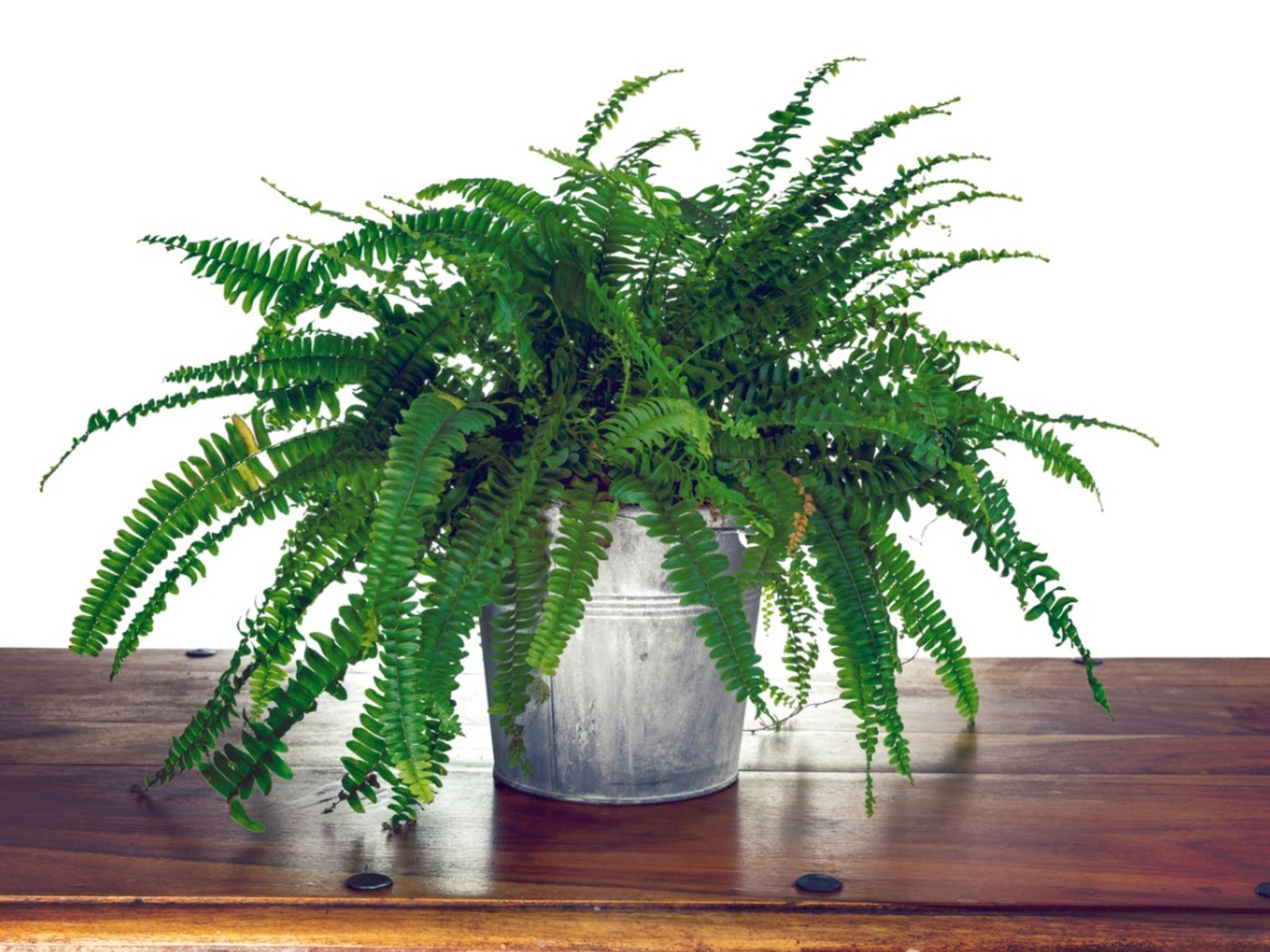Boston Fern Humidity - Learn About Boston Fern Misting Needs

Amy Draiss

It's hard not to fall in love with a Boston fern. Although it may conjure up images of dramatic, old-fashioned Victorian parlors, Boston fern works just as well in a modern environment. The Boston fern thrives in low light and requires only moderate care to keep it lush and healthy. However, the plant is native to tropical climates and without a high level of humidity, the plant is likely to display dry, brown leaf tips, yellow leaves, and leaf drop. Read on to learn more about improving Boston fern indoor air.
Increasing Humidity of Boston Ferns
There are several ways of increasing the humidity of Boston ferns and creating the ideal Boston fern indoor air. The easiest way to increase Boston fern humidity is to place the plant in a humid environment. In most homes, this means a kitchen or a bathroom with a window or a fluorescent light. However, Boston ferns tend to be large plants, so this isn't always a practical solution for improving Boston fern humidity. Misting Boston ferns is another simple way to raise the humidity around the plants. However, many plant experts think that misting Boston ferns is a waste of time and that taking care of Boston fern misting needs is a daily chore that, at best, keeps the fronds dust-free. At worst, frequent misting that keeps the fronds wet is a good way to invite diseases that can kill the plant. A humidity tray is nearly as easy and much less time-consuming, and it provides humidity without drowning the plant. To make a humidity tray, place a layer of pebbles on a plate or tray, then place the pot on top of the pebbles. Add water as needed to keep the pebbles consistently wet. Most importantly, be sure the bottom of the pot is sitting on the damp pebbles but never directly in the water. Water wicking up the drainage hole creates soggy soil that may cause root rot. Of course, an electric humidifier is the ultimate solution for increasing the humidity of Boston ferns. A humidifier is a great investment if the air in your home tends to be dry, improving the environment for both plants and people.
Sign up for the Gardening Know How newsletter today and receive a free copy of our e-book "How to Grow Delicious Tomatoes".

A Credentialed Garden Writer, Mary H. Dyer was with Gardening Know How in the very beginning, publishing articles as early as 2007.
- Amy DraissDigital Community Manager